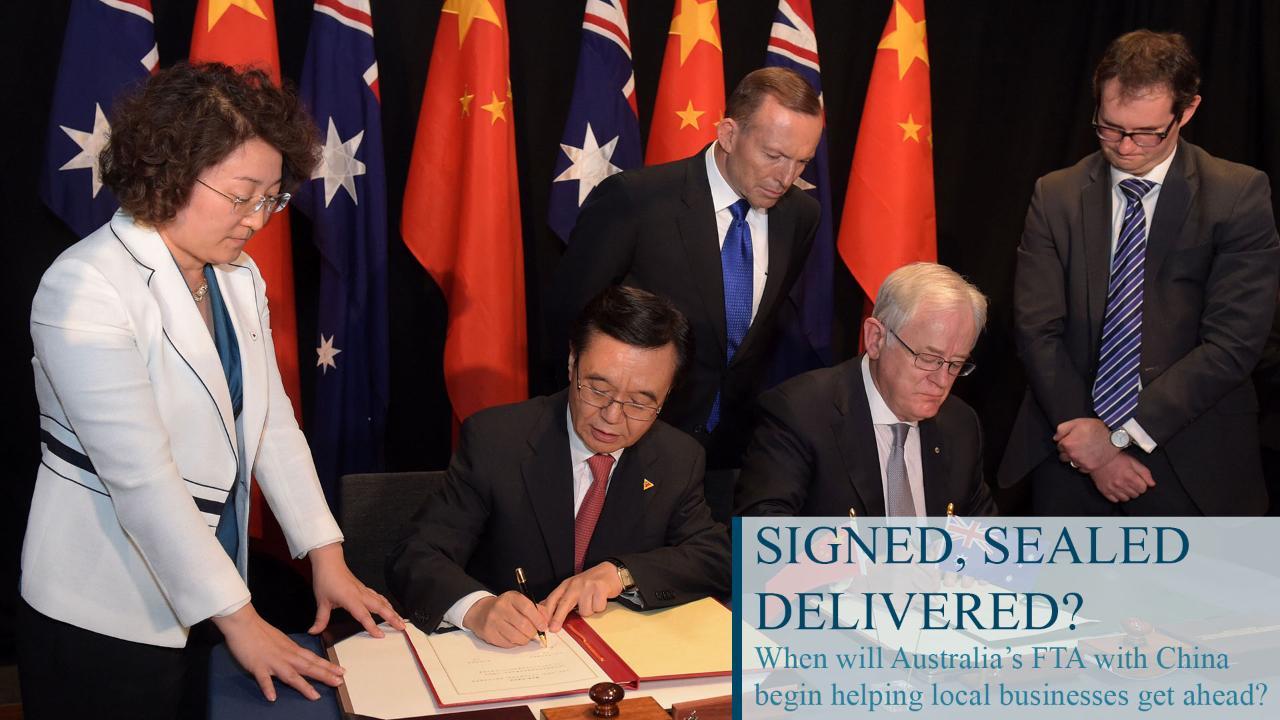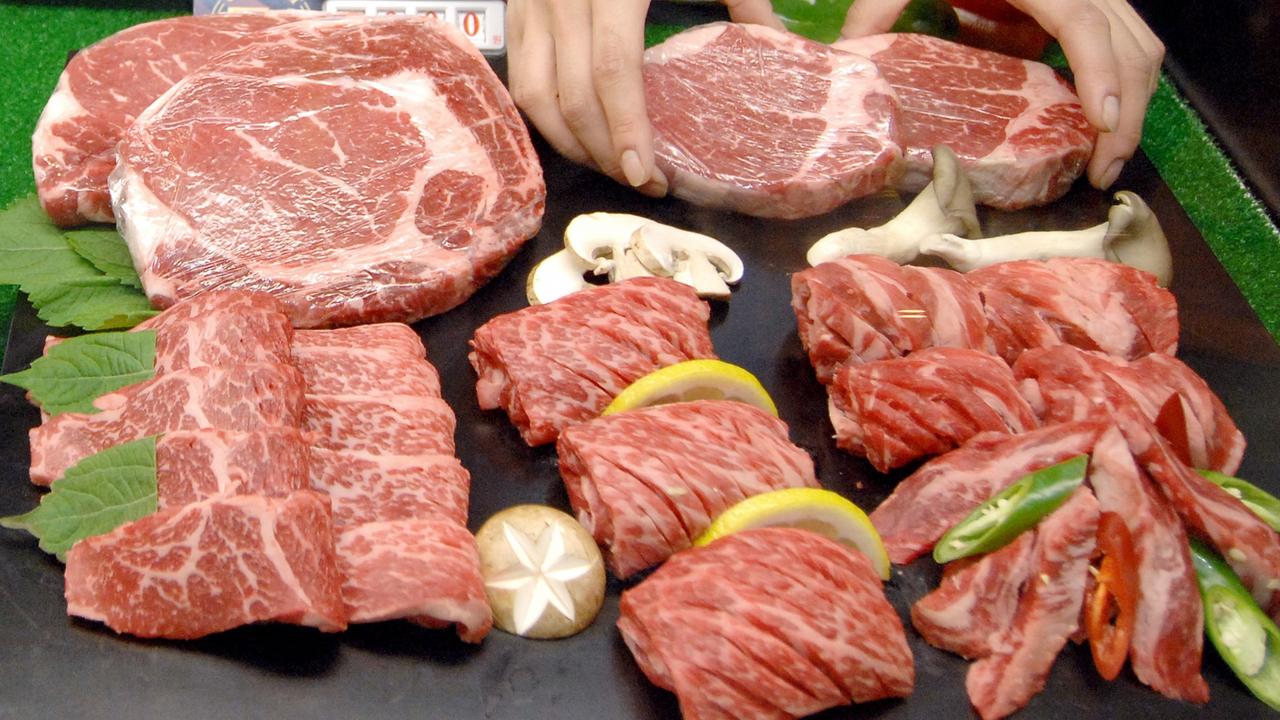China deal opens door to economic power of the age
The Chinese free trade agreement will draw Australia closer to the world’s second biggest economy than nearly every other nation.

A decade in the making, the Chinese free trade agreement sealed yesterday in Canberra will draw Australia closer to the world’s second-biggest economy than nearly every other nation.
Continuing the trend of aligning itself with the economic power of the age — first Britain, then the US and Japan — Australia has achieved the most comprehensive trade deal negotiated by Beijing
Although it falls short of providing the same access granted to New Zealand on certain products, the deal opens up other opportunities never before conceded to foreign companies, including for Australia’s services and for investors, and Trade Minister Andrew Robb expects it to evolve as the relationship deepens.
China is already Australia’s biggest trading partner — having overtaken Japan in recent years — with the two-way flow of goods and services reaching $142 billion last year as Chinese investment in Australia soared to $64.5bn .
Mr Robb, who inked the deal with Chinese Commerce Minister Gao Hucheng, said that by itself the pact was hugely significant. But when considered in the context of new agreements with Japan and South Korea, trade deals now accounted for more than 50 per cent of the nation’s export markets. He said the China FTA was not a historical artefact but “a living document that we’ll review progressively”.
“The agreement secures better market access for Australia to the world’s second-largest economy, improves our competitive position in a rapidly growing market, promotes increased two-way investment and reduces import costs. It is a win for households and businesses alike,’’ Mr Robb said.
The Chinese economy is slowing as it refocuses towards services and consumption — pushing down the price for Australian commodities it continues to buy in vast quantities — but is still growing at more than 6 per cent a year from a much larger base.
Under the deal, tariffs will be abolished for more than 85 per cent of Australian exports to China, rising to 95 per cent when in full force. Agriculture is the biggest beneficiary, with Chinese tariffs of up to 25 per cent being eliminated over the next few years for dairy, beef, fruit, seafood and wine and with a new duty-free quota for wool. A number of key exports, including sugar, cotton, wheat and canola, were excluded from the tariff-reduction regime.
For China, the agreement will benefit its rapid economic restructuring for its companies to gain easier access to Australia’s modern yet non-threatening markets. Australia will remove the existing 5 per cent tariff on Chinese electronics and whitegoods.
Parliament’s Joint Standing Committee on Treaties and the Senate’s Foreign Affairs Defence and Trade Committee will now scrutinise the deal and invite public submissions. Labor’s trade spokeswoman Penny Wong said the opposition would scrutinise the text through this process. “This is a very important agreement, China is critical to Australia’s future prosperity,’’ Senator Wong said. “We want to … make sure it grows the economy, grows jobs.”
She said the party would be looking particularly closely at clauses relating to temporary skilled migration and details of “investor state dispute settlement” arrangements, which give foreign investors legal rights if new regulations harm their business.
Australia China Business Council president John Brumby said that the FTA would “take the relationship to the next level … giving us a significant advantage over some of our largest competitors including the USA, European Union and Canada’’.
Asialink Business chief executive Mukund Narayanamurti said the deal opened doors.
“Now it is up to business to seize the keys of competitive advantage,” he said.
The FTA text reveals Australia will still take some years to catch up with the access, especially for farmers, of New Zealand, whose own China FTA was completed in 2008. “The FTA won’t be on a par with NZ’s for quite a few years,” said Russell Wiese, trade expert and partner at law firm Hunt and Hunt. “It was a goal to bring us up to speed with NZ, but we didn’t quite get there. Some of their products, for instance in dairy, will receive lower duty rates going in to China for quite a few years.”
Business groups, urging companies to move swiftly to take advantage of the concessions, said the deal had potential to underpin growth for the next generation.
Business Council of Australia president Catherine Livingstone said: “By 2020, China will have the world’s largest middle class market. It will want high-quality, safe and premium agricultural food products for which Australia is globally renowned. It will demand the same value-added services in professional, finance, health, education and aged care that underpins around 80 per cent of our economy.”
Additional reporting: AAP


